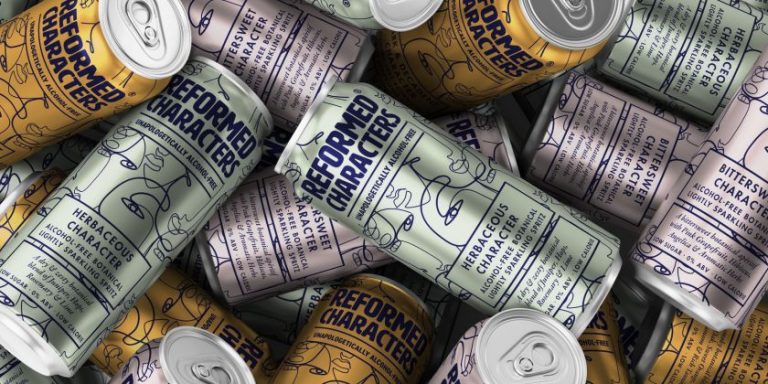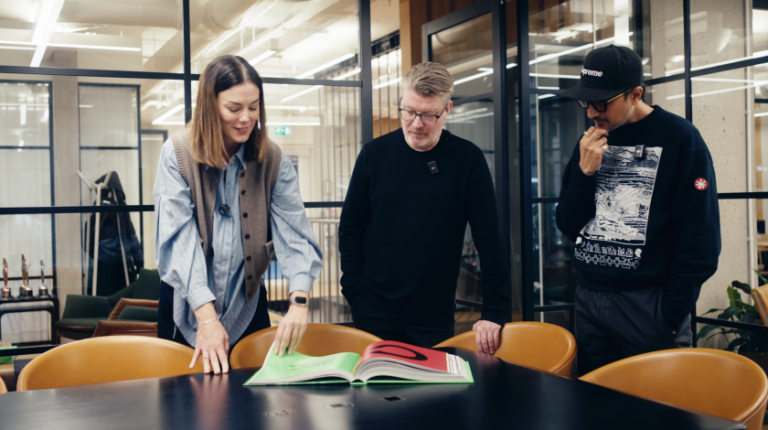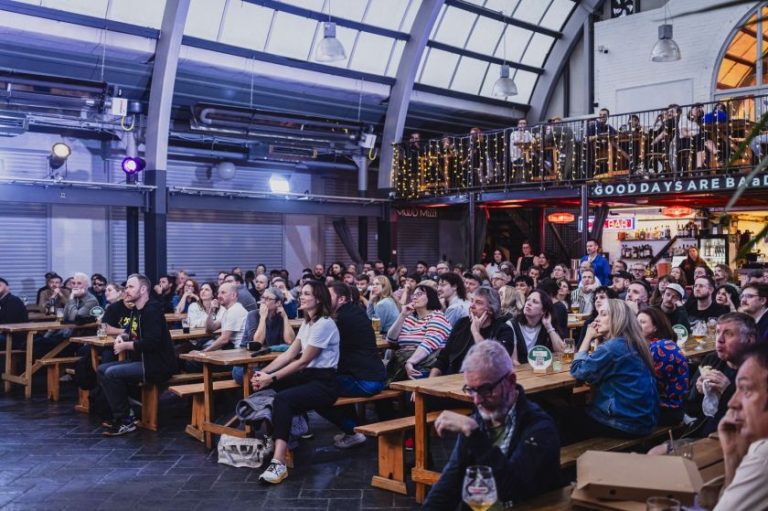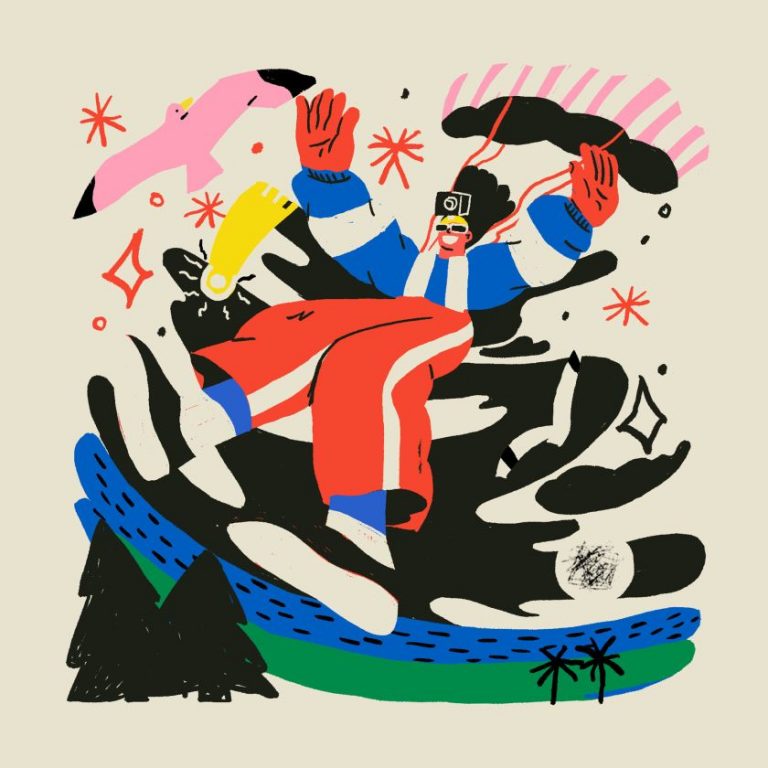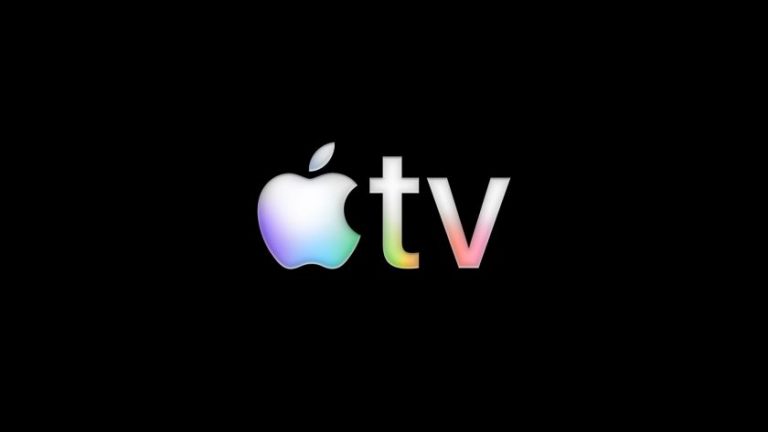The creative director believes agencies are doing recruitment all wrong. Instead, he urges us to embrace “unlike minds” to spark innovation and fresh ideas.
In the fast-paced world of advertising and design, the quest for fresh thinking and innovative ideas is never-ending. Yet many agencies and creative teams still fall into the trap of hiring for “cultural fit” rather than diversity of thought and experience.
This conventional approach often leads to echo chambers where new hires simply reinforce existing mindsets rather than challenge them.
Andy Cooke, a seasoned creative director with over 14 years of experience across agencies, tech companies, and his own studios, has been vocal about this issue. In a recent LinkedIn post that struck a chord with many, he argued passionately for embracing “unlike minds” in the creative hiring process.
“One of the most frustrating things I see on job ads, agency sites and social posts is the requirement for ‘relevant’ experience,” it read. “Someone with X years of experience. Must have worked in a similar agency environment. X, Y or Z sector knowledge is a must.“
He agrees that “there needs to be a certain amount of awareness of a particular field, sector or corner of the industry for someone to understand what’s going on.” But as he points out, all that can easily and quickly be taught.
While some foundational understanding is necessary, he believes the truly valuable skills are the ability to think differently, tell compelling stories, and connect with human experiences that resonate across backgrounds.
“In my opinion,” he argues, “great work is more likely to be made by bringing in those who have a different perspective to people already in the company and letting them sprinkle it into the thinking.”
Why is this bad?
Andy can, however, see where creatives are coming from when they hire people who think exactly like them.
After all, who doesn’t want to work in a cohesive, smooth-working environment? Having worked with DesignStudio, Gretel, Google, R/GA, and most recently as a partner at BBH Design, he knows enough about the high-pressure nature of agency life to see the attraction.
However, he believes that falling back on comfort and familiarity is ultimately a disservice to the work.
“We need to be more open to different types of creative thinkers within the industry,” he explains. “The good, brave creative directors always encourage an environment where it’s safe to be wrong and learn. That’s what creates an internally robust culture.”
This perspective echoes a long-standing critique of the “cultural fit” mentality – that it can inadvertently perpetuate a lack of diversity and stifle innovation. By prioritising candidates who seem to share the existing team’s backgrounds, experiences and worldviews, companies risk creating insular ecosystems where fresh thinking struggles to take root.
What’s the alternative?
The alternative, as Andy envisions it, is a creative environment that actively seeks out and embraces contrasting viewpoints and life experiences. He points to the example of Emma Barratt, who framed the team at Wolff Olins as a “fruit salad” where everyone brings a different flavour.
“Unlike backgrounds, unlike upbringings, unlike career paths, unlike points of view, unlike experiences; all of these result in unlikely ways in, through and out,” Andy explains.
This ethos of celebrating diversity in all its forms – from socioeconomic backgrounds to educational paths, from personal interests to cultural traditions – is central to Cooke’s vision for the future of creative hiring.
“For me, the more we all approach hiring in that more generous way, the better,” he says. “I’m a proud generalist, and I’ve done that in my career because I want to understand how all these different things work in parallel between our specialists.”
More relevant than ever
Andy’s emphasis on valuing different perspectives and ways of thinking is particularly relevant in light of AI’s rapidly advancing capabilities. As machines become increasingly adept at tasks such as photo editing, graphic design, and even copywriting, the human element that will remain indispensable is the ability to think conceptually, tell meaningful stories, and tap into the richness of human experience.
“A lot of the formulated stuff, the technical skills, are becoming table stakes,” Andy argues. “So there’s going to be much less of a focus on that and much more on storytelling, the richer side of things. Stuff that actually resonates with human beings out in the world.”
In this context, hiring for “unlike minds” is not just a matter of fostering an inclusive culture; it becomes a strategic imperative for staying relevant and producing work that genuinely connects with diverse audiences.
Overcoming resistance
Of course, proposing a paradigm shift in creative hiring practices is easier said than done. There are valid concerns about potential conflicts arising from clashing perspectives and a fear that prioritising diversity over specific skill sets could lead to subpar work.
Andy acknowledges these challenges but believes they outweigh the benefits of fostering an environment where respectful disagreement and constructive friction are embraced as catalysts for growth.
“Without that friction and tension in a room, you just start getting an echo chamber,” he cautions. “People are too scared, too afraid to be contrarian, to challenge iterations of work. And that’s when you end up with tone-deaf campaigns that clearly didn’t have the right people in the room.”
He cites the example of a recent Apple advertisement that upset many people and has since been withdrawn from TV. If you haven’t seen it, it shows a giant iPad destroying objects representing creative expression and knowledge, such as musical instruments and books. At a time when AI is literally costing creatives their jobs, it felt tone-deaf, to say the least. Andy suggests a more diverse set of voices in the creative process could have prevented such a huge misstep.
Building a new creative culture
Ultimately, Cooke’s call to embrace “unlike minds” is about more than just tweaking job descriptions or hiring rubrics. It’s about fostering a cultural shift within creative organisations themselves.
“We need a whole organisational shift, in some ways, to bring people in who are thinking differently,” he asserts. “The industry leaders, the creative leadership teams, always preach the levels of diversity they have in the organisation. But they don’t always actually live by that.”
To truly embody this ethos, companies must move beyond tokenistic representations of diversity and cultivate environments where divergent perspectives are actively solicited, valued, and integrated into the creative process.
This could mean rethinking not just who is hired but also how they are evaluated and given a voice throughout projects. It might involve restructuring brainstorming sessions, critiques, and decision-making processes to be more inclusive and welcoming of contrarian viewpoints.
It’s a lofty goal that will require sustained effort and a willingness to challenge deep-rooted norms within the industry.
But as Andy and others have argued, in a world where AI is rapidly encroaching on traditional creative tasks, the ability to bring together “unlike minds” and harness the power of human diversity may be the key competitive advantage for agencies and brands seeking to stay relevant and impactful.
So, the next time a creative team evaluates job candidates or assembles for a new project, they might heed Andy’s call to “Put me in a room where everyone has a different worldview.” For it is in those rooms, where varied experiences and perspectives collide, that the sparks of truly innovative and resonant work are most likely to ignite.




